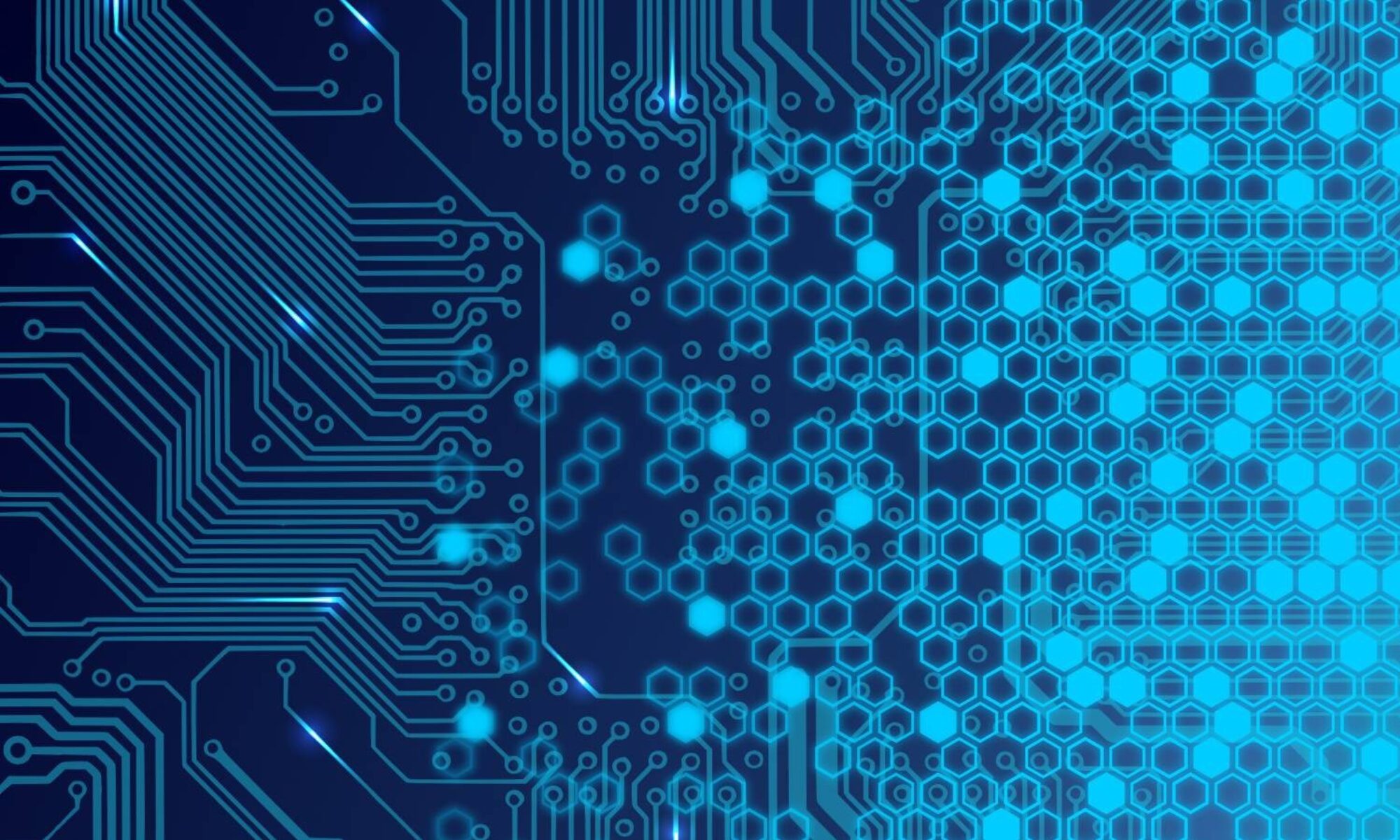Our main working fields are as follow:
- SaaS
- Virtual Reality
- Computer/Machine Vision
- Digital Twin Modelling
- Data Collection and Preparation for Artificial Intelligence
- Non-industrial Robotics
- Consultancy
SaaS
Software as a Service (SaaS) is a cloud-based software delivery model. In this model, the cloud provider develops and maintains the application software, provides automatic software updates, and makes the software available to its customers via the internet on a pay-as-you-go basis. Users can connect to and use these cloud-based apps over the Internet. This model allows organisations to get quickly up and running with an app at minimal upfront cost. SaaS is also known as on-demand software, web-based software, or web-hosted software.
Virtual Reality
Virtual Reality (VR) is a technology that creates a simulated 3-D environment. It uses computer modeling, pose tracking, and 3D near-eye displays for an immersive experience. The key component is the head-mounted display (HMD). It’s used in gaming, education, and business.
Computer/Machine Vision
Computer/Machine Vision is a field of artificial intelligence that enables computers to interpret and understand the visual world. It uses digital images, videos, and deep learning models to identify and classify objects. This technology works by processing raw images into usable data and insight. It’s used in various industries and applications, from product inspections to autonomous vehicle.
Digital Twin Modelling
Digital Twin Modelling is a technology that creates a virtual representation of a real-world object or system1. This virtual model, known as a digital twin, spans the life-cycle of the object or system it represents, and is updated with real-time data. It uses simulation, machine learning, and reasoning to aid decision-making. The digital twin receives data from sensors in the real system, which is then applied to the virtual model. This model can be used to run simulations, study performance issues, and generate possible improvements. The insights gained from these studies can then be applied back to the original physical object. Digital twins are used in various industries and applications, offering the potential to improve products and processes.
Data Collection and Preparation for Artificial Intelligence
Data collection is the systematic gathering of observations, while data analysis interprets this data to find answers, evaluate outcomes, and forecast trends. They are critical in research and decision-making across various fields.
Non-Industrial Robotics
Non-industrial robotics refers to robots used outside of traditional industrial settings. These include personal assistant robots, customer service robots, autonomous vehicles, and unmanned aerial vehicles (UAVs). They are used in a variety of applications such as architecture, logistics, and household. Non-industrial robots can be categorised into four groups: mobile robots, exoskeletons, walking machines, and prostheses. By 2025, the global non-industrial robotics market size is projected to exceed 230 billion U.S. dollars.
Consultancy
Consultancy is the practice of providing expert advice to a third party for a fee. It can involve advisory or implementation services across any sector, but it’s often associated with business advisory. Consultants offer specialist expertise that the client may lack, and provide an objective perspective on the client’s issues. They can also manage change portfolios, which can be more cost-effective than hiring in-house experts. The consultancy industry includes a wide range of services across various fields and disciplines.
